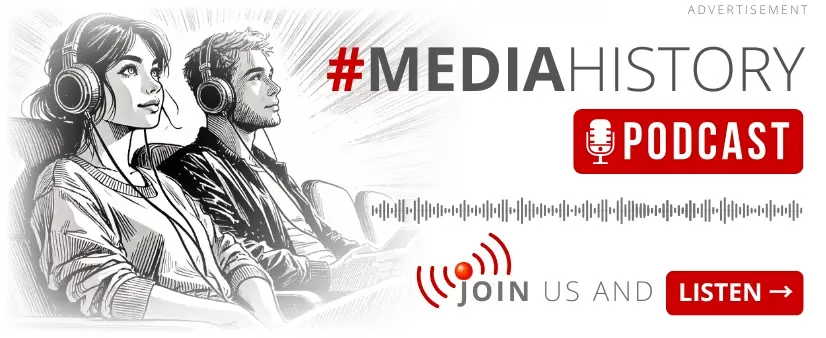 Photo: PAP/S. Leszczyński
Photo: PAP/S. LeszczyńskiWidespread digitalization brings risks - among them, the ease with which lies and manipulations, often maintaining a semblance of credibility, can reach large audiences.
- Since the outbreak of the pandemic, the number of unverified reports reaching citizens has significantly increased. The Russian invasion of Ukraine has further amplified this phenomenon, noted Łukasz Świerżewski, a board member of PAP, during a discussion at Impact’22 focused on methods to effectively verify and eliminate fake news.
According to Świerżewski, news agencies like the Polish Press Agency (PAP) are on the front lines of combating public misinformation. Journalists must apply an "anti-disinformation filter" to all communications, especially those from external sources.
One example of efforts to reduce the spread of fake news is the PAP-operated platform fakehunter.pap.pl, where internet users can report potentially false information. Over the past two years, PAP staff have verified more than 2,000 reports.
- The increasing number of submissions indicates that society is becoming more aware of fake news and the dangers of allowing it to thrive in media and online spaces, Świerżewski said. - However, this does not absolve us from the responsibility of continually educating citizens on the need to screen and verify the information they receive, as those seeking to mislead us are constantly improving their manipulation techniques.
Verification? Few Attempt It
Recent studies show that while over 80% of Poles understand the concept of disinformation and have encountered it, only 5% attempt to verify false information - experts highlighted during the "Disinformation" panel at the European Economic Congress in Katowice.
- Researchers point out that, much like gossip in everyday life, false information spreads better. It`s more engaging and emotional, making it highly shareable, said Dr. Agnieszka Legucka, a lecturer at the Vistula University of Finance and Business and analyst on Russia at the Polish Institute of International Affairs.
It's NOT king anymore. Study about video in social media 👇
- Disinformation refers to any message intended not to inform the recipient truthfully but to manipulate by providing false information for a specific purpose, such as political or ideological, explained Dr. Małgorzata Molęda-Zdziech, head of the Department of Political Studies at the Warsaw School of Economics and expert in the Team Europe Direct Poland network. - The sender does this in a way that is not consciously recognized by the recipient.
- The best way to avoid falling for disinformation is to maintain a healthy distance. Take a deep breath and verify what you’ve heard from reliable sources, emphasized Dr. Agnieszka Legucka. According to her, credible sources include fact-checking portals that validate information. - A majority of Poles would like to see such portals funded and recognize the need for their existence.
Anti-Vaccination Accounts Spread Disinformation About Ukraine
- We try to react as quickly as possible by identifying the source of the information. We monitor the Polish information space, identify the origins, and track hundreds of accounts producing this disinformation. These accounts are surrounded by networks of people who believe in or find the content interesting and share it further, often unknowingly spreading fake news, explained Robert Król, Deputy Director of NASK for New Technologies for Public Policy. He added that his institute, along with fact-checking portals, continuously verifies online content.
Relationship and tech. Study about love in the age of likes 👇
- The war in Ukraine and the accompanying wave of refugees to Poland have recently dominated fake news themes online. "Some joke that Putin killed the pandemic. Anti-vaccination accounts have pivoted to spreading false information about Ukrainian refugees," noted Agnieszka Legucka.
She added that these narratives often originate from Russian disinformation and aim to foster anti-Ukrainian sentiment, fear, and anxiety in Polish society. For example, they claim refugees will be treated better in schools, hospitals, and other institutions than Poles.
- Disinformation targeting Poland is conducted on a large scale and cannot be underestimated. It is subtle and tailored to Polish audiences, as straightforward pro-Russian messages would not be effective in Poland. Its dissemination is highly complex, networked, and uses not only direct Russian sources but also anti-vaccination and far-right communities, concluded Łukasz Lipiński, editor-in-chief of Polityka.pl.
COMMERCIAL BREAK
New articles in section Media industry
Advertising market 2025. Poland, Europe and the World
Marcin Grządka
The global advertising market is growing by 8.8% in 2025 and will reach a value of 1.14 trillion dollars. The industry result in Europe records slightly lower dynamics, at the level of 5.8%. In this comparison, Poland performs clearly above the average. We will record an increase of 8.9% this year and a value of 18.56 billion PLN - estimates WPP Media in the annual report "This Year Next Year".
The print media market 2025. Three global trends
Krzysztof Fiedorek
The market value is 359.53 billion dollars, yet the erosion is visible to the naked eye. The decline for newspapers will amount to -2.3 percent. Despite this, print retains strength: it generates 76 percent of subscription revenues and enjoys 82 percent consumer trust. The future of the industry is defined by hybrid strategies and niche specialization.
Journalism in the age of AI. Why people prefer humans over machines
Krzysztof Fiedorek
Only 12% of people accept news created solely by AI, while 62% prefer those written by humans. At the same time, only 19% notice labels indicating the use of artificial intelligence, while younger audiences ask AI to explain the content to them. These are the findings of the Reuters Institute report on artificial intelligence in media.
See articles on a similar topic:
Media in Poland 2022. How Poles Watch, Listen, Read, and Surf the Web
Krzysztof Fiedorek
Nearly two million Poles have access to a TV but do not watch television. For radio, the analogous group amounts to 8% of radio owners. Two-thirds of Poles reach for printed press, even occasionally, while the number of mobile internet users exceeds desktop users by nearly three million.
Radio, Streaming, and Podcasts. Total Audio 2024 Report about Poland
Krzysztof Fiedorek
Audio content is a daily companion for Poles. According to the Total Audio 2024 study conducted by Adres:Media on behalf of the Radio Research Committee, as many as 90% of respondents listen to audio content at least once a week, and 80% do so daily. The average listening time is nearly five hours per day.
Mass Media in Poland
Agnieszka Osińska
Into the decade of years 90. Poland entered with media national, subjected to the political control. Starting from the half of 1989 our media market underwent transformations, biggest probably from the time of the World War II.
Artificial intelligence in newsrooms. Three realities of the AI era in media
Krzysztof Fiedorek
According to a report by the European Broadcasting Union, many newsrooms already use AI but still do not fully trust it. Audiences do not want "robotic" news, and the technologies themselves though fast can be costly, unreliable, and surprisingly human in their mistakes.






























